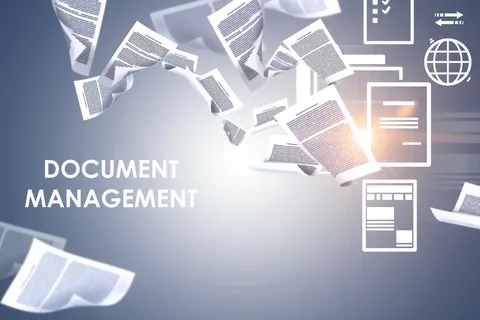
In today’s fast-paced digital landscape, the need for efficient document management systems has never been more critical. With businesses generating an overwhelming amount of paperwork daily, traditional methods of handling documents are quickly becoming obsolete. Enter the Document Scanner SDK – an innovative solution designed to streamline the process of digitizing, managing, and sharing documents. This software development kit (SDK) empowers developers to integrate powerful scanning capabilities directly into their applications, enhancing the overall productivity of businesses and individual users alike.
What is a Document Scanner SDK?
A Document Scanner SDK is a set of software tools and libraries that enables developers to create applications with scanning functionalities. These SDKs provide a variety of features, such as image capture, document recognition, Optical Character Recognition (OCR), and more. By incorporating these capabilities into their applications, developers can offer users a seamless experience for converting physical documents into digital formats.
The beauty of a Document Scanner SDK lies in its versatility. It can be integrated into a wide range of applications, including mobile apps, desktop software, and web solutions. Whether it’s a banking app that requires the scanning of identification documents or an expense management tool that needs receipt capture, the SDK provides the necessary tools to implement these features quickly and efficiently.
Key Features of Document Scanner SDK
Image Capture and Enhancement: A high-quality document scanner SDK allows users to take clear, high-resolution images of documents. Moreover, built-in image enhancement features help to improve readability by correcting distortions and optimizing lighting.
Optical Character Recognition (OCR): One of the standout features of modern Document Scanner SDKs is OCR technology. This allows users to convert scanned images into editable and searchable text, dramatically improving the ability to manage document content and enabling easy integration with other systems.
Multi-Platform Support: The best Document Scanner SDKs offer compatibility across different operating systems, including iOS, Android, and Windows. This ensures that developers can reach a wider audience and provide consistent functionality across devices.
Security Features: Given the sensitive nature of many documents, robust security measures are essential. Leading SDKs incorporate encryption, authentication, and secure access protocols to protect user data and ensure compliance with industry standards.
Benefits of Using Document Scanner SDK
Implementing a Document Scanner SDK offers numerous advantages for businesses looking to enhance their document management processes:
Increased Efficiency: Automating the scanning and document filing process saves time and reduces the likelihood of human error. Employees can focus on more critical tasks rather than tedious paperwork.
Cost Savings: By digitizing documents, businesses can cut down on physical storage costs and utilize space more efficiently. Additionally, the reduction of paper use aligns with sustainability goals, which can positively impact a company’s brand image.
Improved Accessibility: Digital documents make it easier for teams to access important information anytime and anywhere. This flexibility becomes increasingly vital in today’s remote and hybrid work environments.
Enhanced Collaboration: With documents stored in digital format and easily sharable, teams can collaborate more effectively, be it through cloud services or internal applications.
Conclusion
In conclusion, the Document Scanner SDK is a game-changer for businesses aiming to modernize their document management systems. With features such as high-quality image capture, OCR capabilities, and cloud integration, it provides a comprehensive solution for turning cumbersome paperwork into manageable digital content. As organizations continue to embrace digital transformation, investing in a reliable Document Scanner SDK will undoubtedly enhance operational efficiency, promote collaboration, and lead to substantial cost savings. Embracing this technology is not just an option; it is rapidly becoming a necessity in the digital age.







